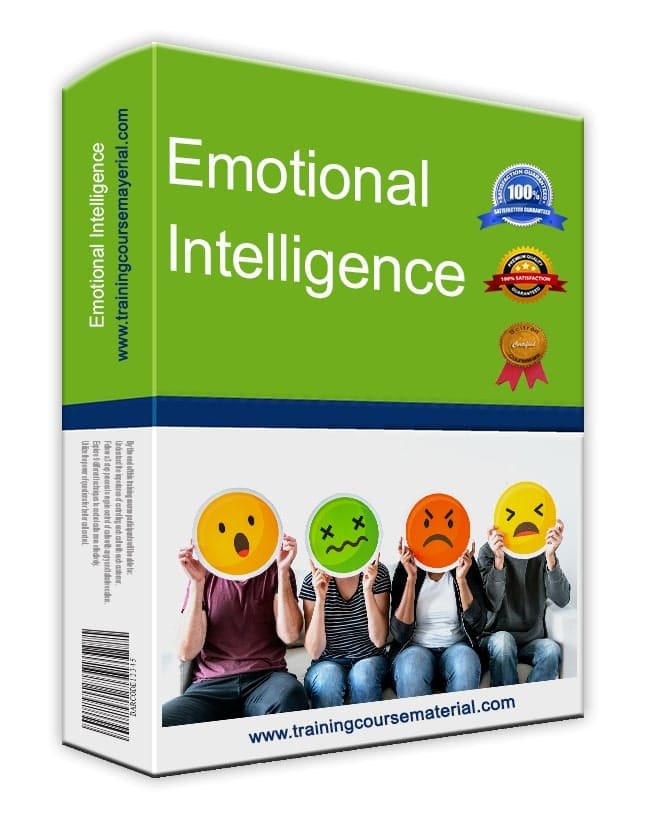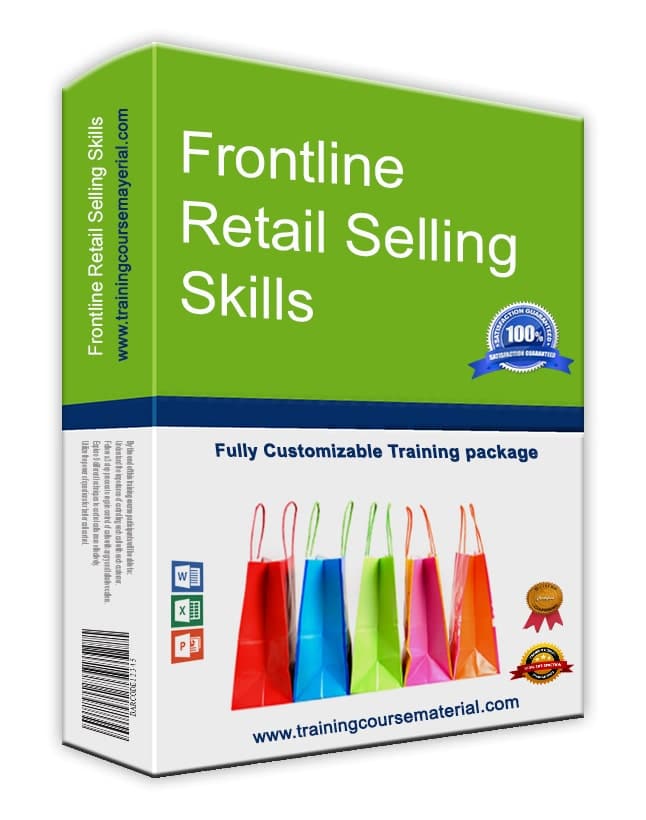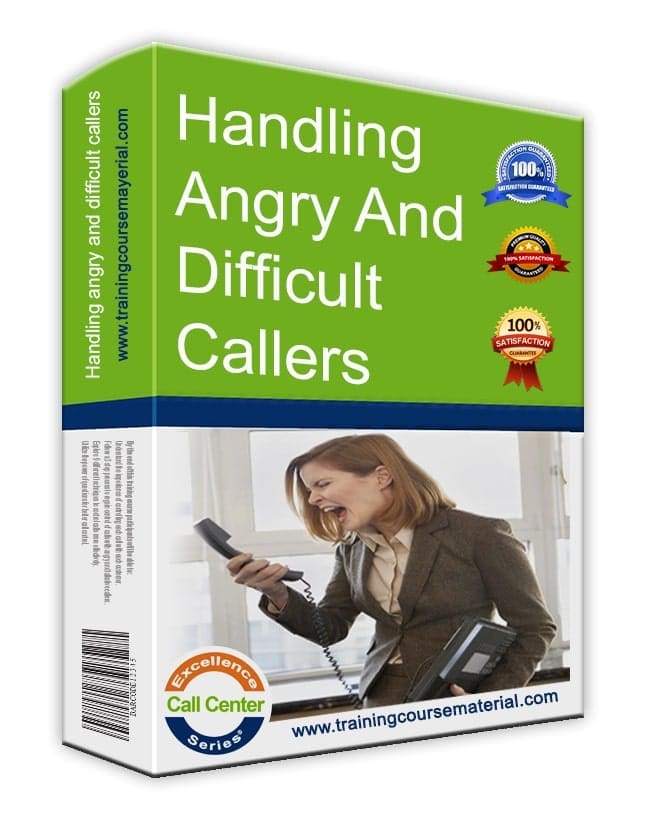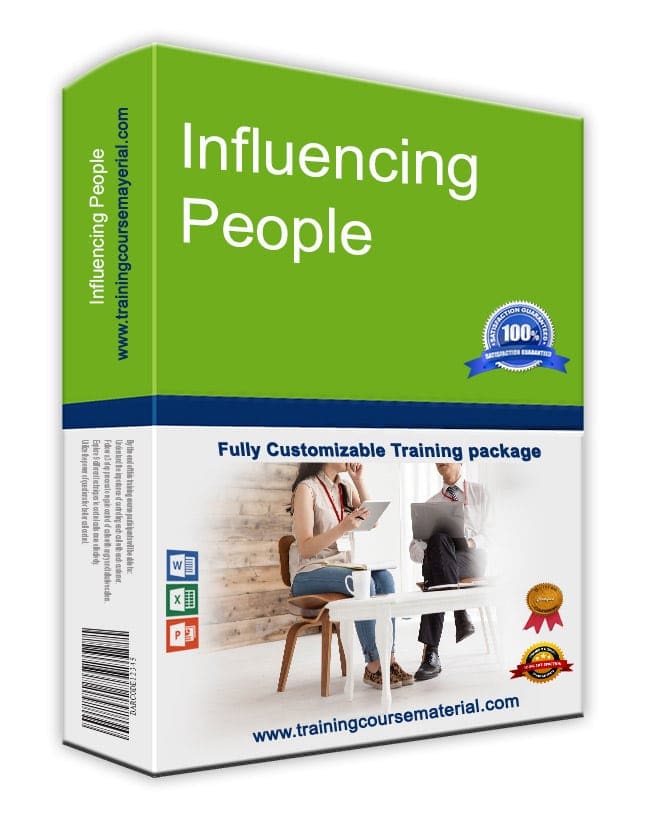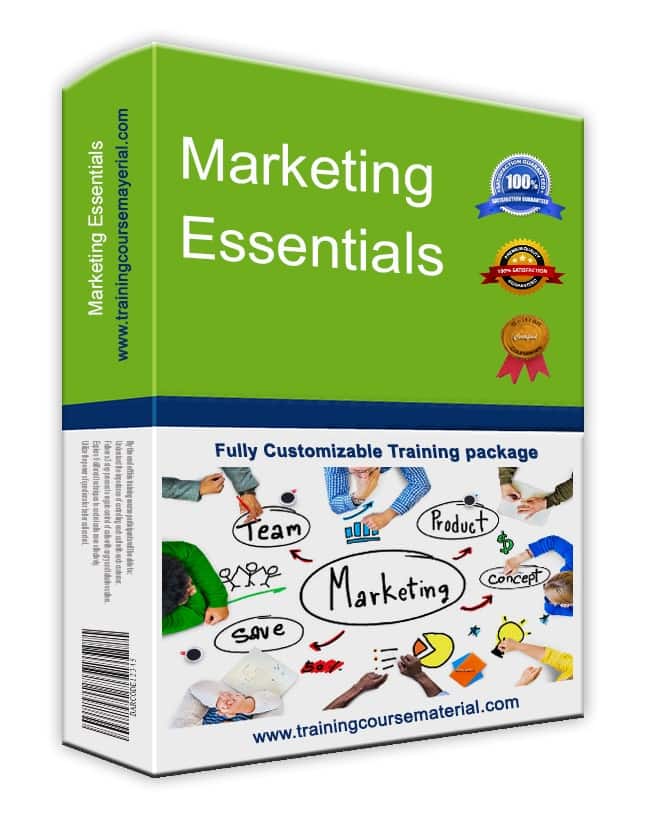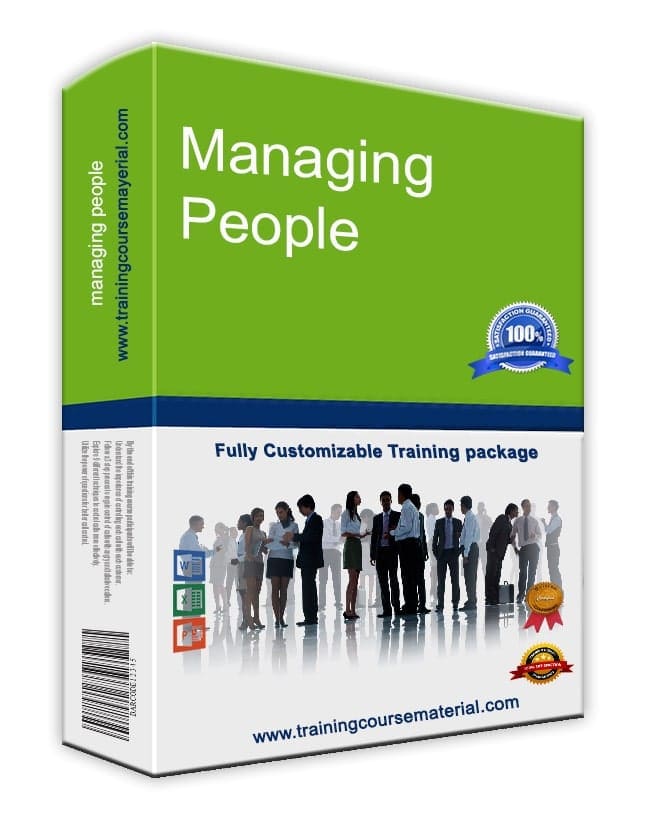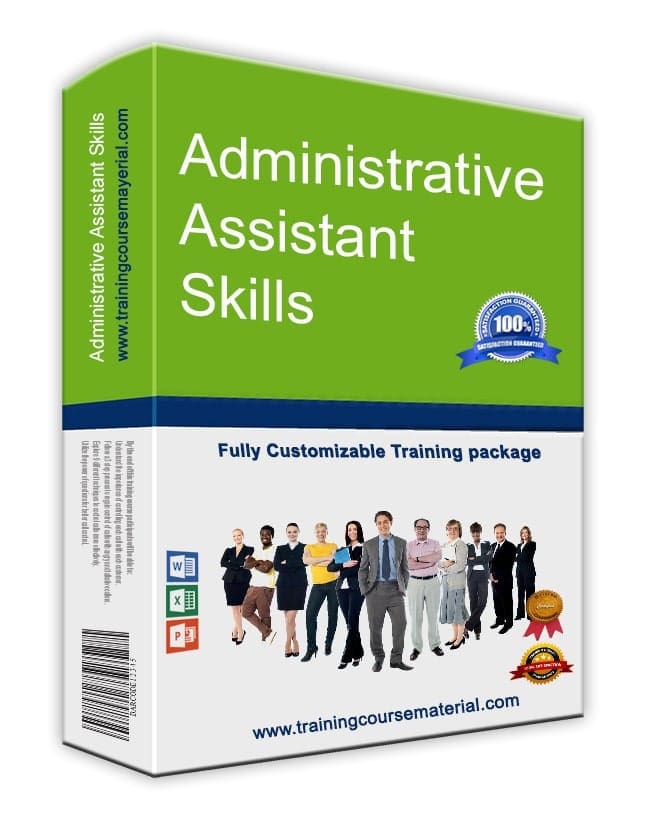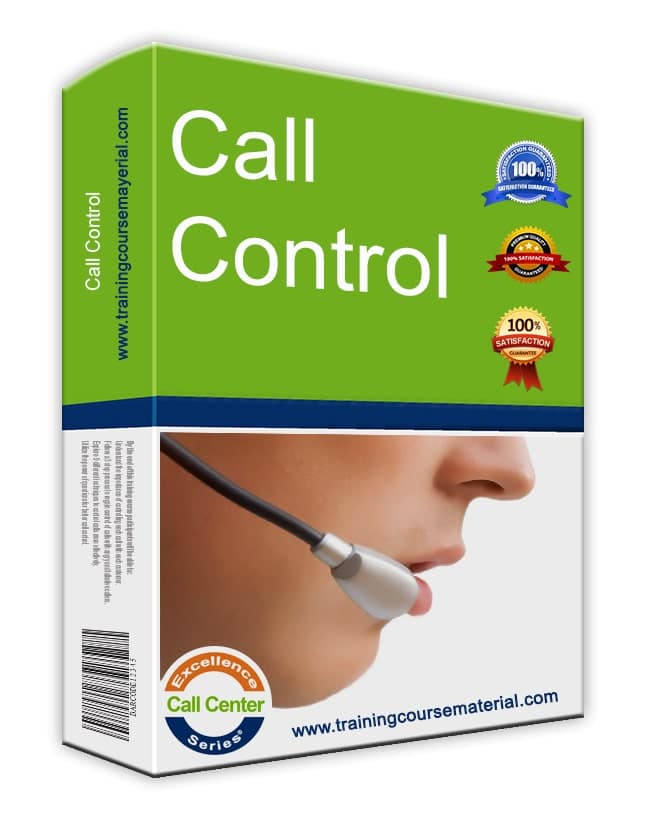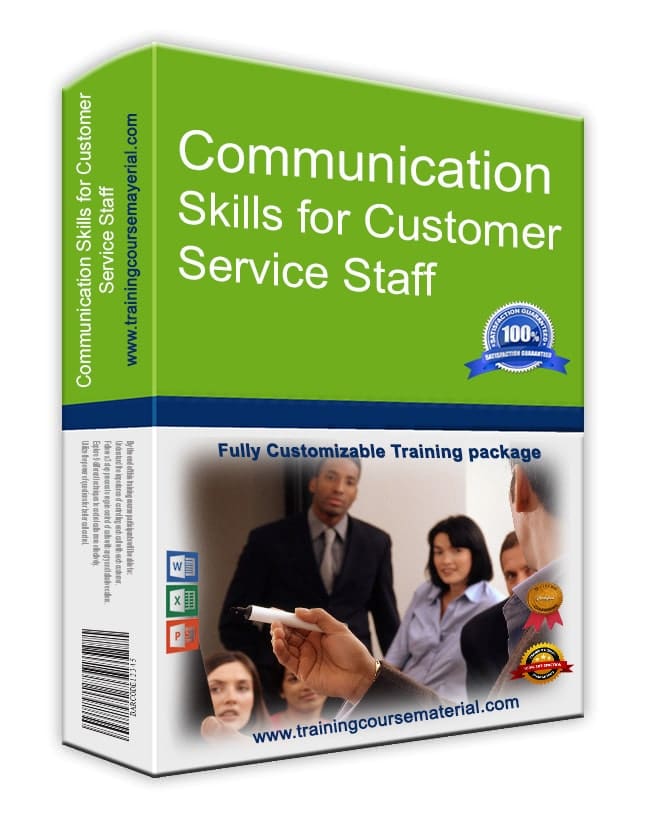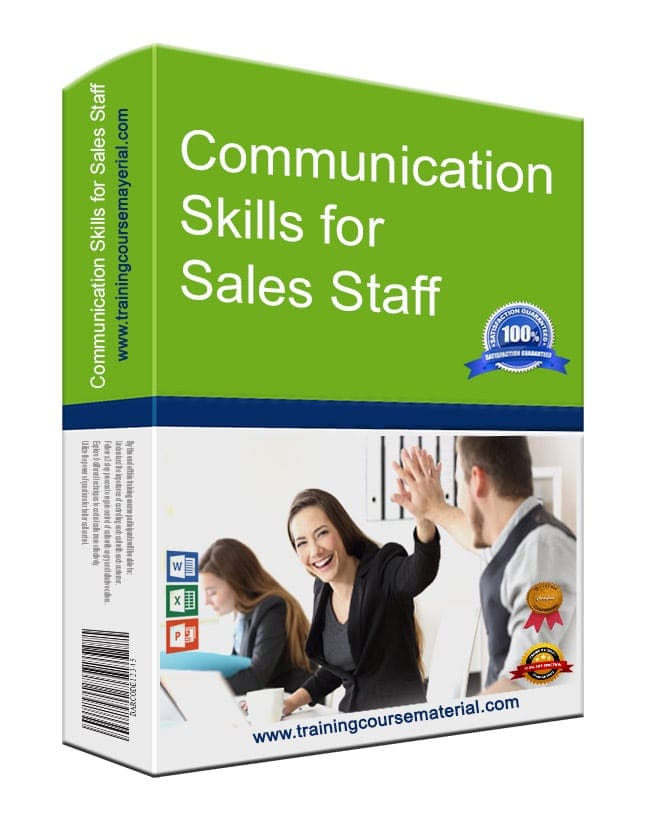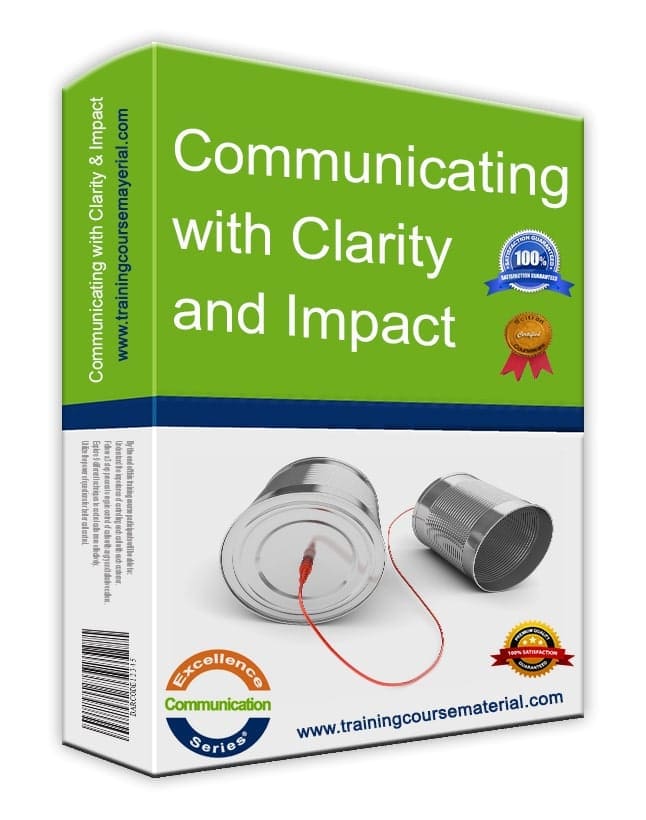Techniques for Handling Objections in Sales
By TrainingCourseMaterial.com
Objections are a sign of interest, not rejection. When someone pushes back, they’re asking for clarity, reassurance, or a reason to believe. Your job? Stay curious and help them decide with confidence.
The APAC Model
This four-step model helps you respond to objections with calm and clarity:
- Acknowledge – Let them know they’ve been heard.
- Probe – Ask questions to better understand the concern.
- Answer – Respond with honesty and evidence.
- Close – If they’re satisfied, move forward.
Types of Objections
Different concerns need different responses. Look beneath the surface:
- Feasibility: “I’m not sure this can work for us.”
- Value: “I don’t see the benefit.”
- Price: “It’s too expensive.”
Pre-Empt the Objection
Bring up known objections before they do—and turn them into benefits. This builds trust and shows confidence.
Customer: “This looks too lightweight.”
Salesperson: “It’s light because we use a stronger, safer alloy. Our clients love how easy it is to use—and how long it lasts.”
Practical Techniques That Work
- Feel, Felt, Found: Empathize, share others’ experience, and deliver proof.
- Clarify: Ask, “Can you tell me more about why you feel that way?”
- Show Your Hand: Ask for all objections at once.
- Boomerang: Flip the objection into a strength.
- Disagree Politely: Use facts, not defensiveness.
- Reframe: Turn the concern into a question you can answer better.
- Certain Closure: Offer a clear win. “If I can solve this for you, do we have a deal?”
- Deflect Gracefully: “Let’s come back to that—I want to show you one more thing first.”
Guidelines to Keep in Mind
- Listen fully—don’t interrupt or rush to fix.
- Don’t assume what they mean. Ask.
- Treat objections like questions, not arguments.
- Don’t fear emotion—it usually means the decision matters.
- Always aim to learn, not just convince.
📘 Related Resource
Find out your selling style with our Personality Style Assessment—a free tool to help you identify how you naturally approach sales conversations and objections.
📦 Sales Training Resources
Improve your sales skills with our ready-to-use training packages:
Frequently Asked Questions
Is handling objections different in B2B vs. B2C sales?
B2B objections often involve multiple stakeholders and longer sales cycles. But in both cases, the key is understanding motivations and reducing uncertainty.
What if I face multiple objections at once?
List them all out and tackle them one by one. Or ask the buyer which matters most to them—and start there.
How do I know if an objection is real or just a smokescreen?
Ask probing questions. Real objections have substance. Smokescreens tend to fade when you dig deeper.
About the Author
This article was created by the editorial team at TrainingCourseMaterial.com, specialists in downloadable, customizable training content used by trainers and facilitators worldwide.
Reviewed and fact-checked by the TrainingCourseMaterial.com editorial team on . Originally published September 2021.

